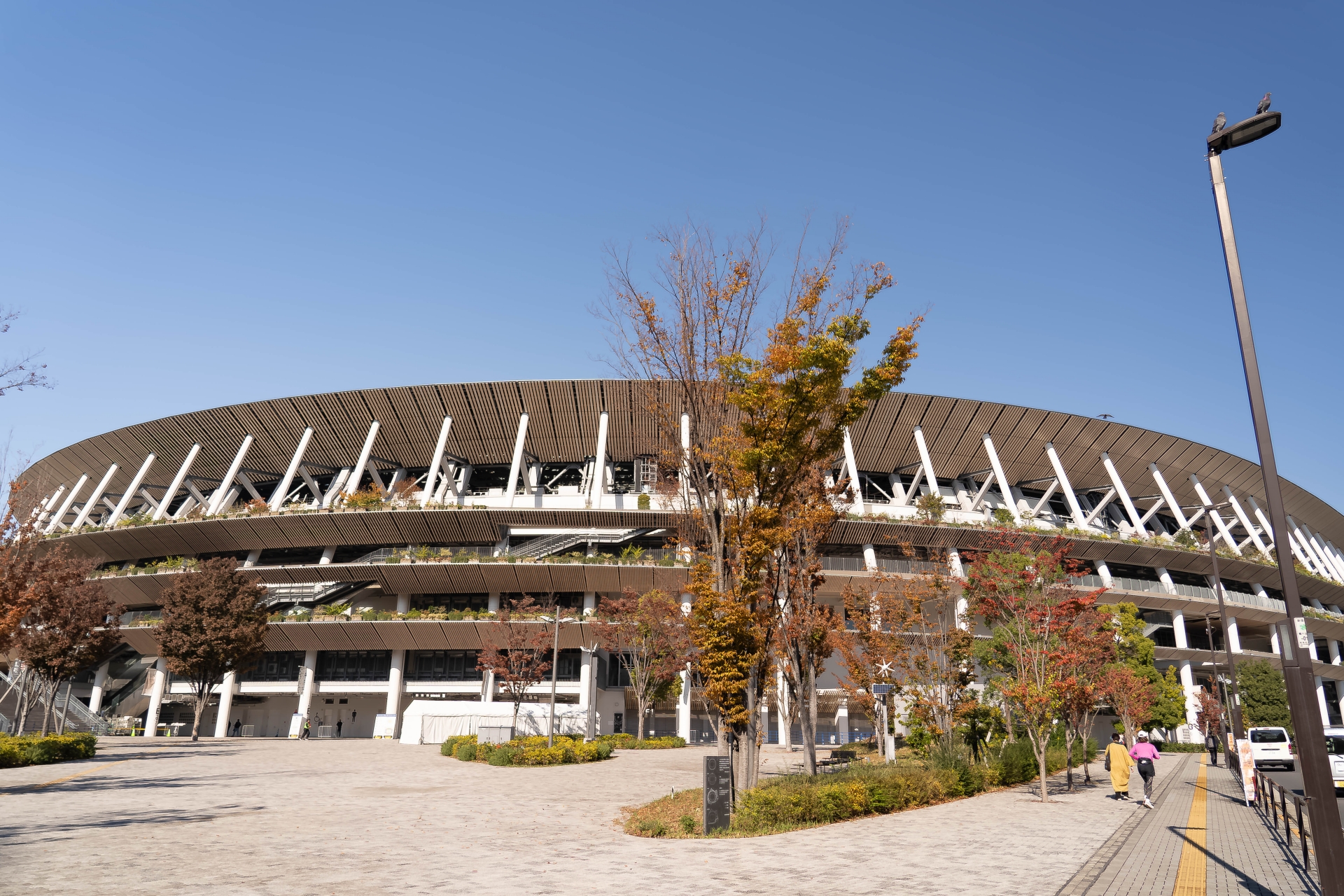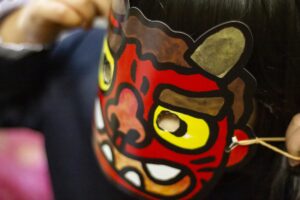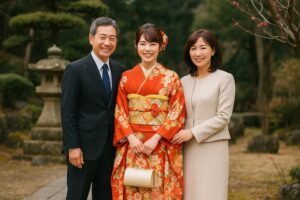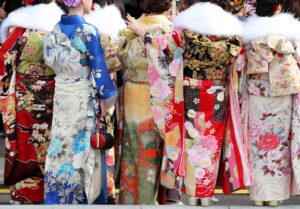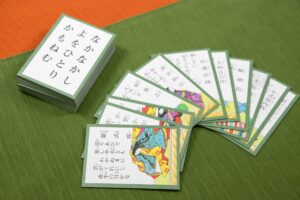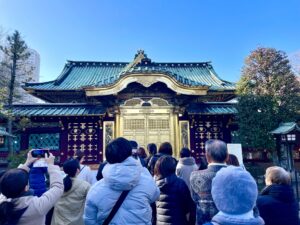The 1964 Tokyo Olympics marked a turning point in Japan’s post-war recovery and global reentry. Among its many legacies was the creation of Health and Sports Day, a national holiday meant to promote physical activity and commemorate Japan’s Olympic milestone. This article explores how this iconic sporting event led to the birth of Sports Day, the significance of the holiday in Japanese culture, and how its role continues to evolve today.
The Historical Context: Japan Before the 1964 Tokyo Olympics
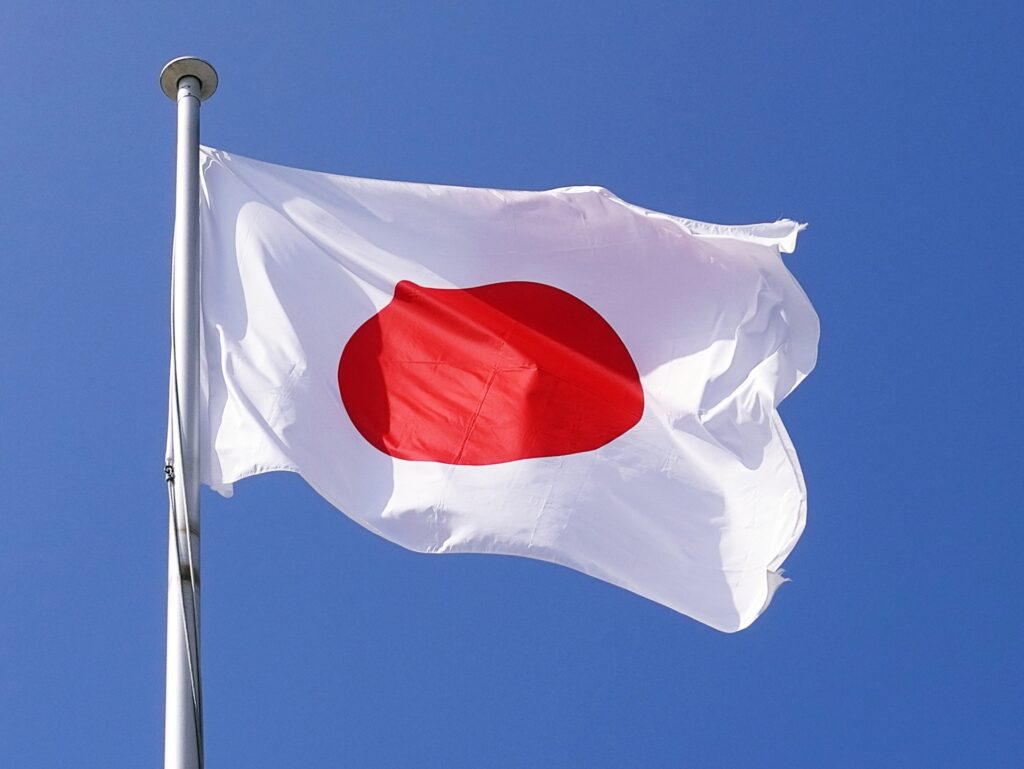
In the years following World War II, Japan faced immense challenges. The nation was grappling with economic hardship, political restructuring, and a loss of international standing. By the early 1950s, however, Japan began a slow but steady recovery, spurred by American support and domestic reforms. Still, the country struggled with a tarnished global image and a national identity crisis. Hosting the 1964 Tokyo Olympics became a pivotal goal—not merely a sports event, but a symbol of rebirth and reintegration into the international community.
At the time, Japan sought to showcase its transformation from a militaristic empire to a peaceful, modern state. The Olympics offered an unparalleled opportunity to affirm this shift on a world stage. National morale was in desperate need of uplift, and the prospect of holding the Games galvanized public enthusiasm. For the Japanese government and citizens alike, the 1964 Tokyo Olympics represented a renewed commitment to modernization, peace, and global cooperation. This historical moment laid the foundation for one of Japan’s most enduring cultural legacies: the birth of Health and Sports Day.
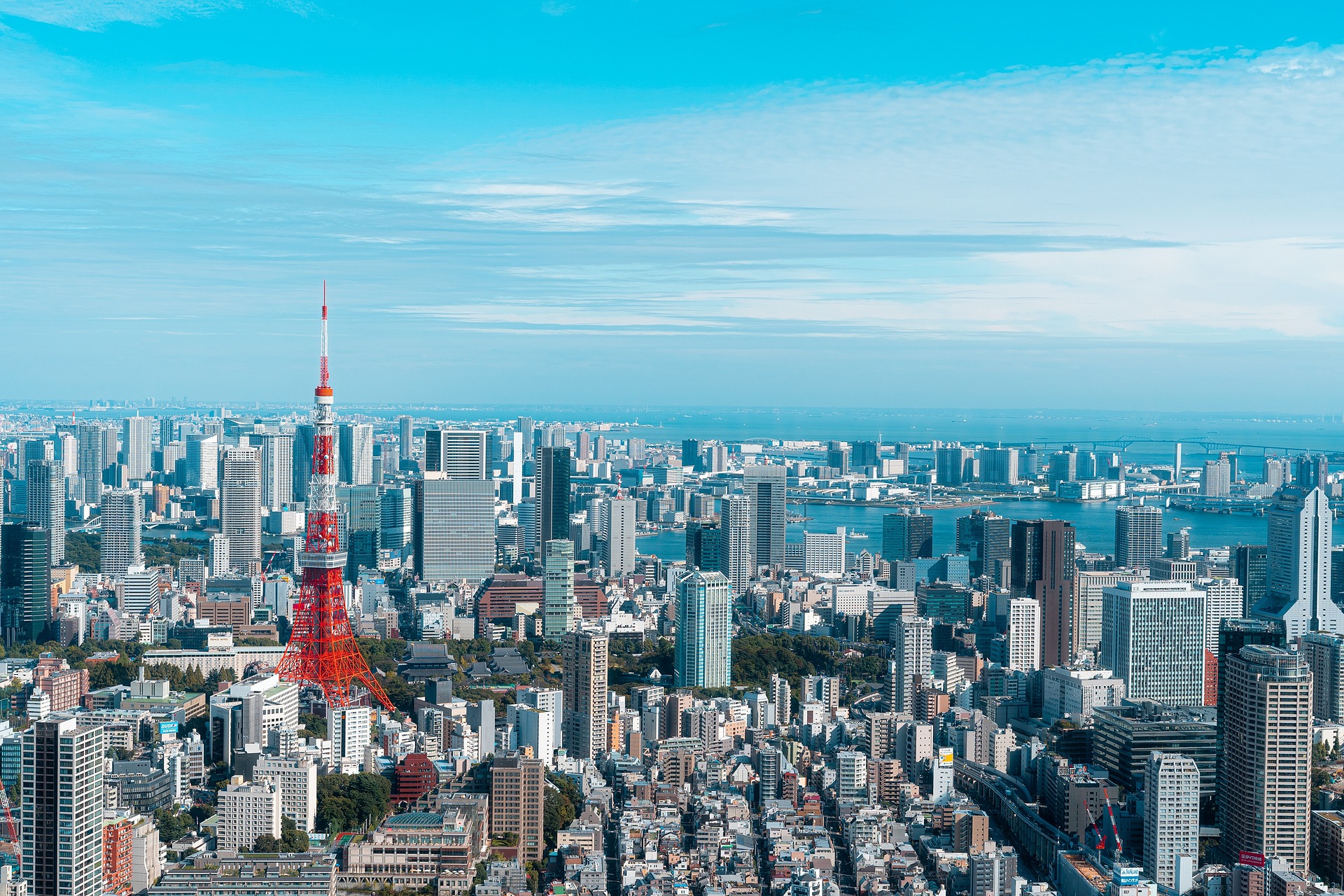
The 1964 Tokyo Olympics and Its Societal Impact
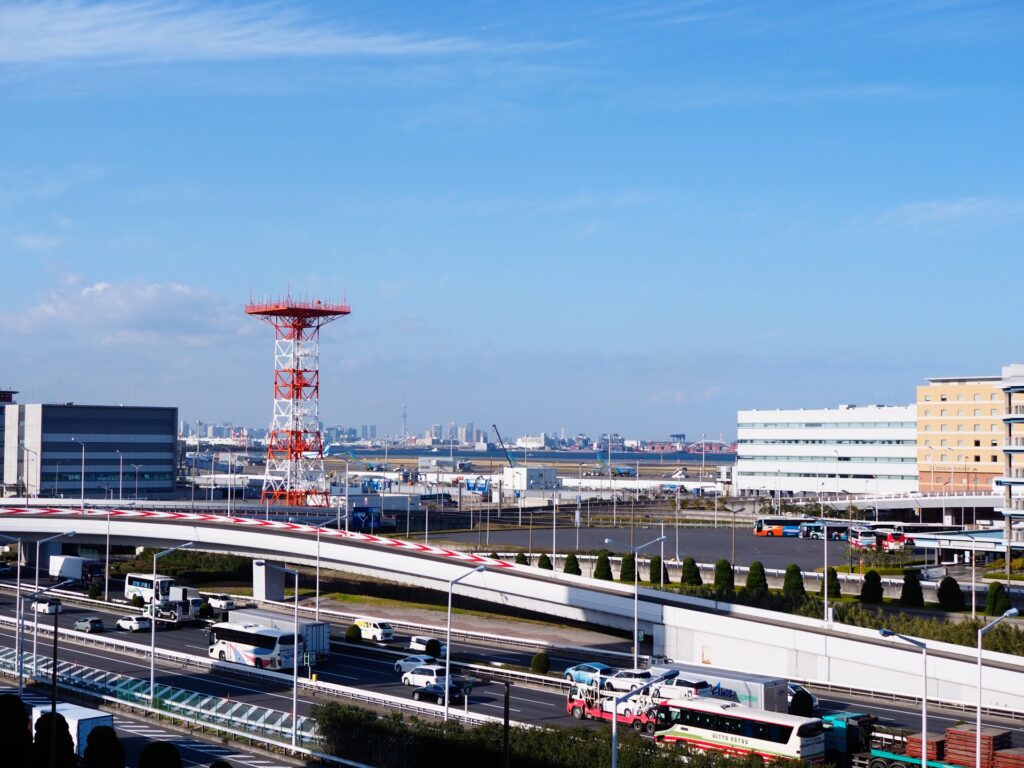
The 1964 Olympics were revolutionary for Japan—and for the world. They marked the first time the Olympic Games were held in Asia, and Japan leveraged the event to accelerate infrastructure development. Tokyo saw the rapid construction of expressways, the launch of the now-iconic Shinkansen (bullet train), and a massive upgrade in telecommunications, including satellite broadcasting that allowed millions to watch the Games live. These advancements were not just for show; they laid the groundwork for Tokyo’s emergence as a global metropolis.
Beyond physical development, the Games signaled Japan’s return to the international community as a peaceful and technologically advanced nation. The event was infused with symbolism: athletes parading under one flag, the introduction of computer-assisted scoring, and a poignant torch relay that included Hiroshima and Nagasaki. Politically, it was a statement of Japan’s post-war pacifism and progress. Socially, it ignited a new wave of national pride and inspired public interest in physical fitness and sportsmanship. These elements would eventually coalesce into the creation of a new national holiday aimed at promoting health and physical activity.
The Birth of Health and Sports Day
In 1966, just two years after the historic Tokyo Olympics, the Japanese government established a new national holiday: Health and Sports Day (体育の日, Taiiku no Hi). The date—October 10—was chosen to commemorate the opening ceremony of the 1964 Games. But the holiday was more than a simple memorial. Its primary purpose was to foster a nationwide culture of physical fitness and to promote the importance of a healthy lifestyle, especially among youth.
Importantly, the idea of a dedicated “Sports Day” had already existed before the Olympics. Under the 1961 Sports Promotion Act, the first Saturday in October had been designated as a day to encourage physical activity nationwide. The Tokyo Olympics gave this idea momentum, and the opening ceremony on Saturday, October 10, 1964 provided the perfect symbolic anchor. In 1966, the government established Health and Sports Day on this date, officially linking the Olympic legacy to a national holiday.
This decision reflected both legal precedent and symbolic importance—October 10 was not chosen for its high chance of good weather (a popular misconception), but because of its association with a pivotal moment in Japan’s postwar history. Embedding this date in the national calendar ensured that the Olympic spirit would live on in collective memory and practice.
Historical Timeline of Sports Day
- 1945: End of World War II
- 1961: Sports Promotion Act enacted (first Saturday of October designated “Sports Day”)
- 1964: Tokyo Olympics held, Opening Ceremony on October 10
- 1966: Health and Sports Day established on October 10
- 2020: Renamed to “Sports Day”
- 2020–2021: Temporarily moved to July to coincide with Tokyo 2020 Olympics
Why October 10 Was Chosen
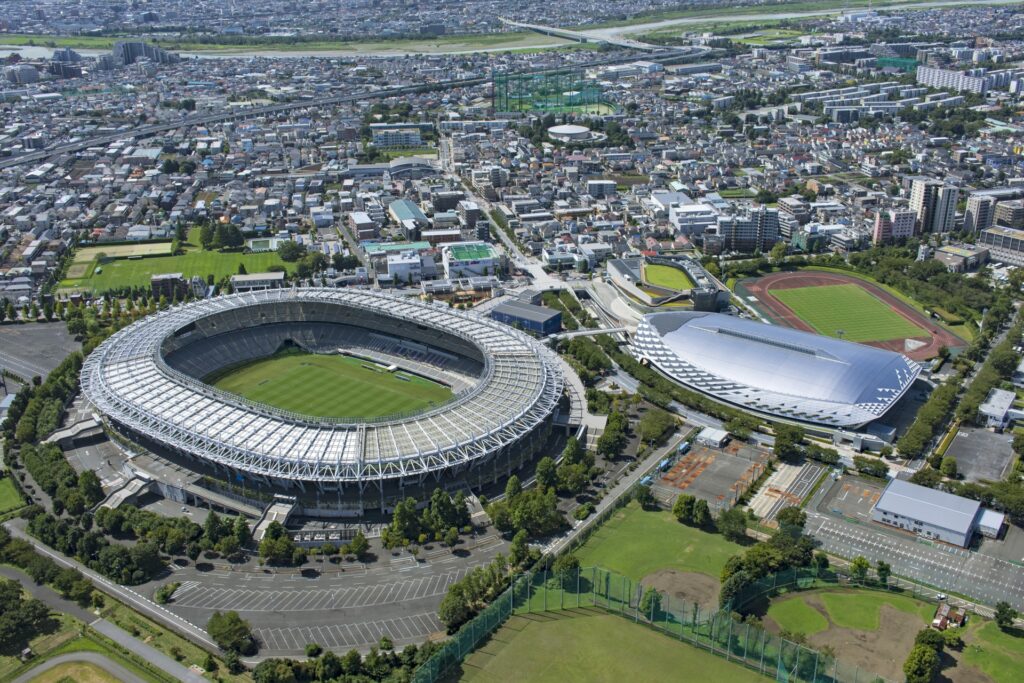
While it is commonly said that October 10 was selected for its high likelihood of clear weather, this is more folklore than fact. The real reason lies in a combination of legislative continuity and symbolic commemoration.
The 1961 Sports Promotion Act had already identified the first Saturday in October as “Sports Day,” establishing a national framework for physical activity. The Tokyo Olympics—held on October 10, 1964—reinforced that ideal with a vivid and unifying national experience. The opening ceremony on that day became a potent symbol of Japan’s rebirth.
Choosing October 10 for the holiday honored this symbolic milestone. It institutionalized the Olympic memory in a way that supported the earlier legislation while also giving the public a shared, emotional reference point. In short, October 10 was chosen because it was the date of the Tokyo Olympic opening, not because it was statistically sunny—though the fine weather certainly helped build the myth.
The Evolution to “Sports Day” and Date Changes
In 2020, the holiday was renamed from “Health and Sports Day” to simply “Sports Day (スポーツの日).” This change reflected a broader vision of sport—not just as a means to promote health, but as a cultural, educational, and unifying force. The rebranding also aligned with international values, resonating with Japan’s global role in sports diplomacy.
To coincide with the Tokyo 2020 Olympics, the date of Sports Day was temporarily moved to July in both 2020 and 2021. These shifts were part of a government initiative to honor the new Games and to accommodate the reshuffled event schedule caused by the COVID-19 pandemic.
While the date changes were exceptional, they highlighted how the holiday remains responsive to contemporary challenges and contexts—a living legacy of the Olympic spirit, adaptable to the needs of each generation.
How Sports Day Is Celebrated Today
In modern Japan, Sports Day remains a vibrant part of national life. Across schools, workplaces, and communities, the day is marked with a variety of activities that promote physical fitness, social connection, and national pride.
The most iconic celebration is the undōkai, or school sports festival. These events feature relay races, tug-of-war, dance performances, and team competitions, all designed to promote teamwork, perseverance, and school spirit. Students often prepare for weeks, and parents and grandparents are invited to cheer them on, turning it into a multi-generational community event.
Beyond schools, local governments and public organizations host fitness classes, open sporting events, and health screenings. Some regions offer inclusive sports for elderly participants or people with disabilities. The Ministry of Education, Culture, Sports, Science and Technology (MEXT) often uses the day to launch nationwide fitness campaigns or educational initiatives.
Even with changes prompted by COVID-19, such as smaller gatherings and digital events, the core mission of Sports Day remains consistent: to encourage active lifestyles and strengthen community ties through the joy of movement.
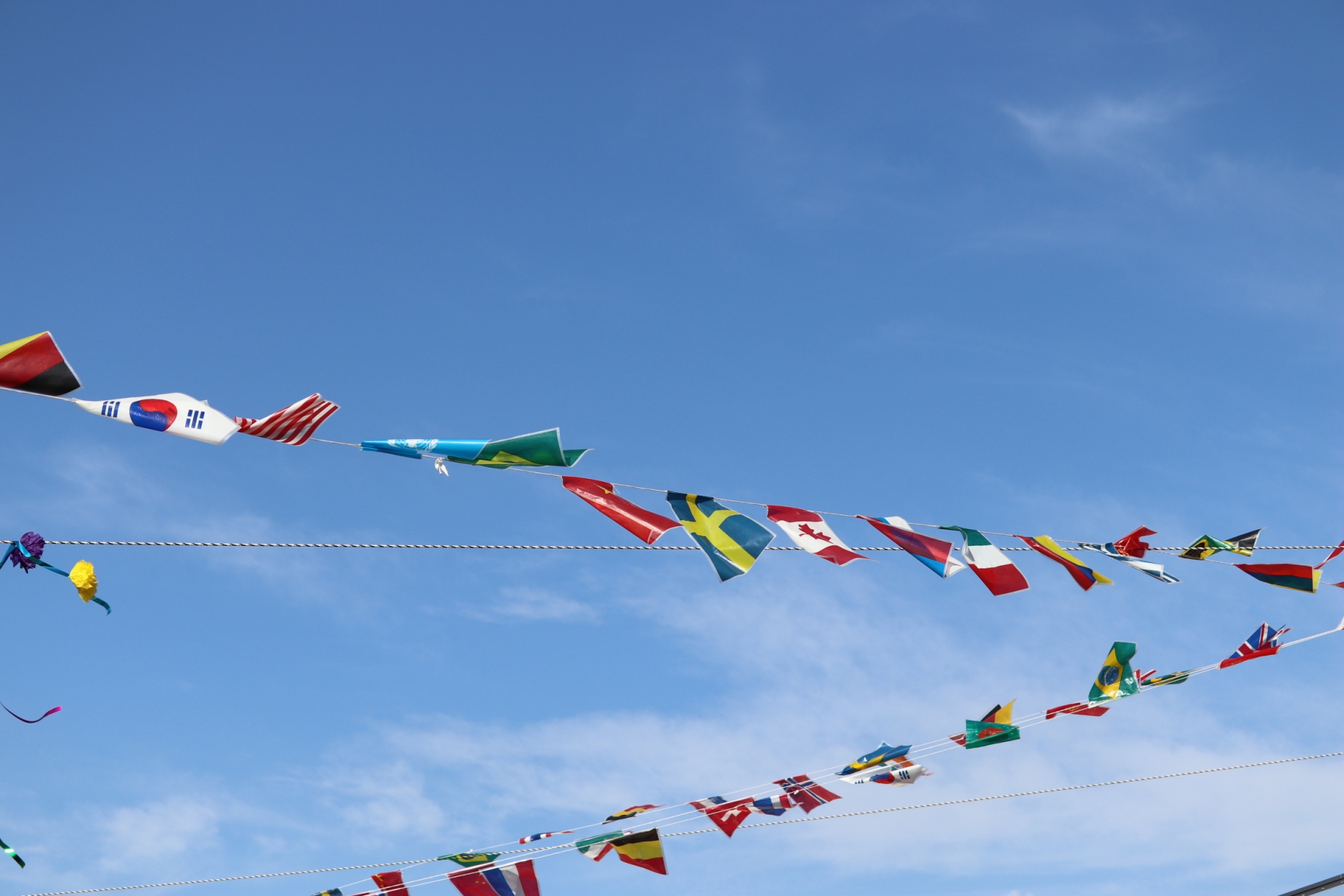
Cultural Significance and National Identity
Sports Day is deeply interwoven with Japan’s cultural values. It is not merely a holiday for leisure—it reinforces national ideals such as group harmony, diligence, respect, and perseverance. In schools, the event is tied closely to moral and physical education, helping instill the “ganbaru” spirit—the idea of doing one’s best despite obstacles.
The holiday also plays a role in intergenerational bonding. Families often participate together in races or cheering sections, creating opportunities for shared memories and community pride. In this way, Sports Day extends beyond fitness and becomes a ritual of cultural reaffirmation, reflecting Japan’s long-standing appreciation of collective effort and societal unity.
By celebrating movement, cooperation, and pride in national achievement, Sports Day stands as a living tradition that honors both Japan’s Olympic past and its present social fabric.
Comparing 1964 and 2020 Tokyo Olympics: A Legacy Revisited
Japan’s two Olympic Games—1964 and 2020—bookend eras of profound transformation. The 1964 Olympics symbolized post-war recovery, modernization, and the restoration of national confidence. The 2020 Games, in contrast, took place in the midst of a global pandemic, emphasizing resilience, adaptability, and inclusiveness.
Both Games shared the goal of showcasing Japan’s identity and capabilities on a global stage, but their contexts were vastly different. While the 1964 Games led to the creation of national holidays and massive infrastructure projects, the 2020 Games highlighted themes like mental health, sustainability, and digital innovation.
Sports Day remains a key thread connecting these events. It serves as a symbol of continuity amid change, reflecting how Japan retains its core values even as it responds to new societal needs and global challenges.
From Post-War Pride to Pandemic Perseverance
The 1964 Olympics represented rebirth—Japan rising from the ashes of war to rejoin the world with pride and purpose. The tone was one of optimism, unity, and confidence in the future.
By contrast, the 2020 Olympics embodied perseverance. With no spectators and strict health protocols, the Games symbolized humanity’s determination to endure crisis and find joy through shared experiences, even in isolation.
In the same way, Sports Day has evolved. Initially intended to boost morale and promote physical health, it now also champions mental well-being, inclusion, and social cohesion. This transformation mirrors broader societal shifts and affirms the lasting relevance of the Olympic spirit in everyday life.
Conclusion: The Enduring Impact of the 1964 Olympics on Japanese Society
The 1964 Tokyo Olympics were far more than a global sports event—they were a turning point in Japan’s post-war history, catalyzing modernization, reestablishing international presence, and igniting national pride. Among its most enduring legacies is Sports Day, a national holiday that continues to promote health, unity, and cultural identity.
Through decades of change, the essence of Sports Day has remained consistent: fostering physical activity and celebrating collective effort. Whether in a bustling Tokyo stadium or a quiet rural schoolyard, the spirit of the 1964 Olympics lives on—not just in memory, but in movement.

